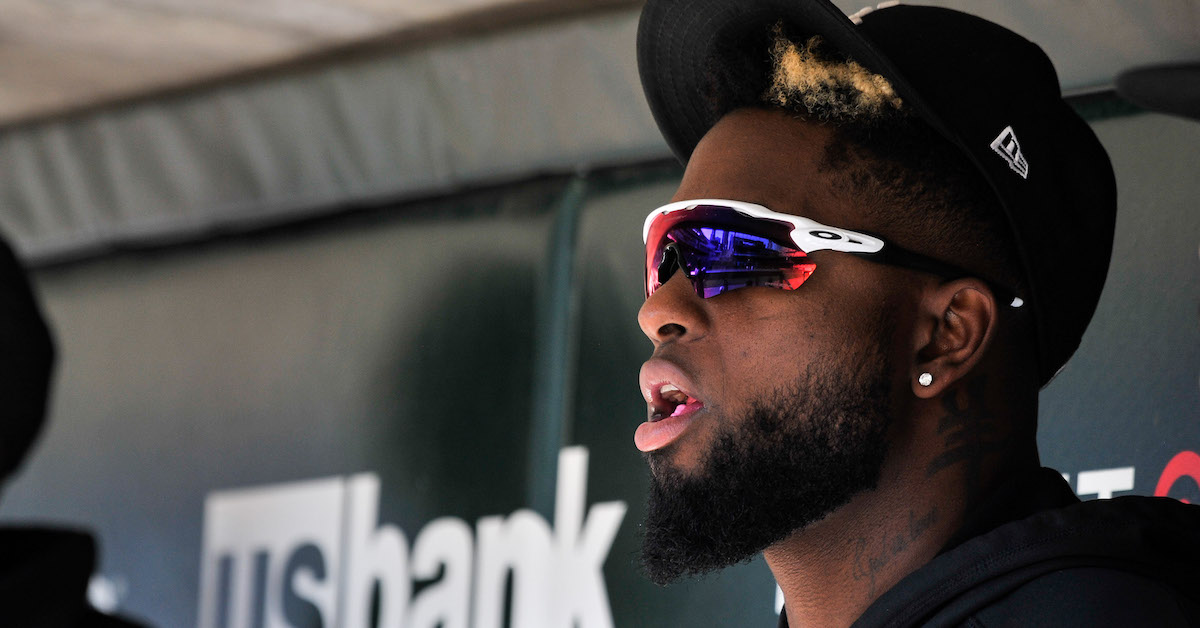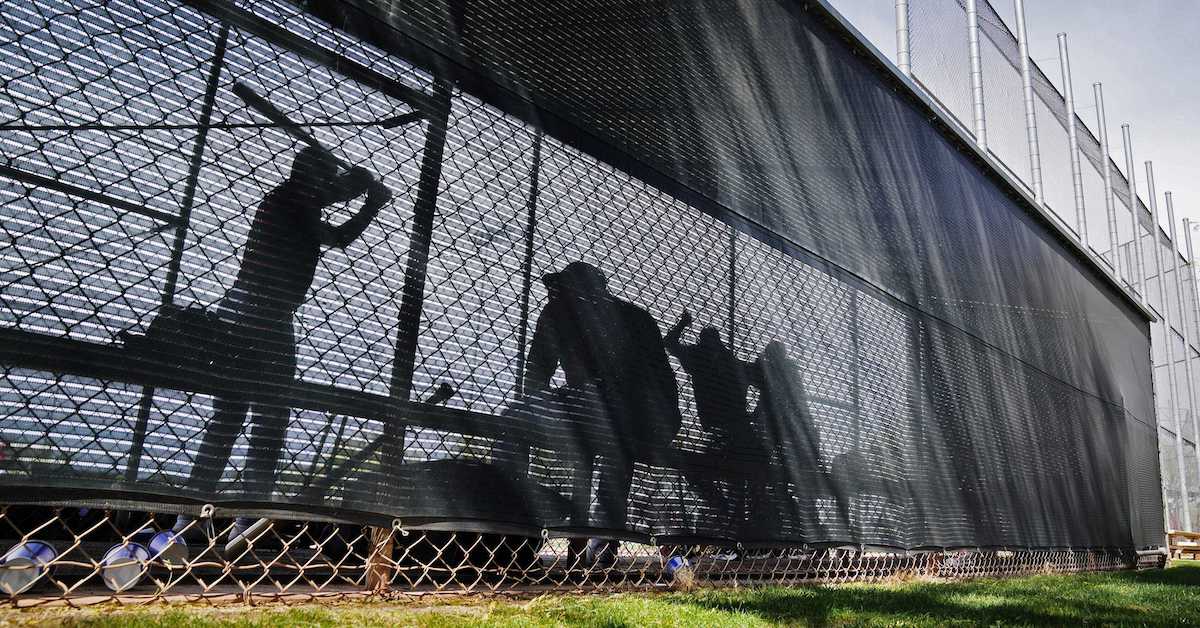MLB’s Bubble Players Leave Camp for the World Baseball Classic

In the last week, over 300 MLB-affiliated players have started to leave camp to join their countries’ teams for the first World Baseball Classic in six years and the fifth in the tournament’s history. For some veterans and well-established big leaguers, a hiatus from Grapefruit or Cactus League action isn’t something to be concerned about. Playing in the Classic won’t cost them a chance to hit quality live pitching, or pitch to quality live hitters, and while any game action comes with some risk of injury, these types can afford a two-week sabbatical without jeopardizing their job security. Other players, though, are in the midst of big league roster battles, trying to distinguish themselves during camp and earn a spot come Opening Day. As much as we discount the stats generated in spring exhibitions, for some players, this time represents much more than a chance to get into game shape – it’s also an opportunity to change the course of their career.
For these players, the WBC is perhaps not ideally timed. If you’re trying to secure the final bench or bullpen spot, departing camp for a while isn’t exactly a surrender, but these are valuable weeks to make your abilities known. Tony Andracki of Marquee Sports Network has reported that a number of Chicago Cubs on the roster bubble are forgoing participation in the WBC in order to continue their efforts to make the club, and they likely aren’t alone. Here I’ll also note that the absence of some big league regulars opens the door for prospects and other fringe roster types to make a strong impression on their club with more trips to the plate and batters faced. Still, the WBC is a well-appreciated opportunity to represent one’s country, and that so many players jockeying for a roster spot choose to take the time to do so is a testament to what that opportunity means. Read the rest of this entry »



